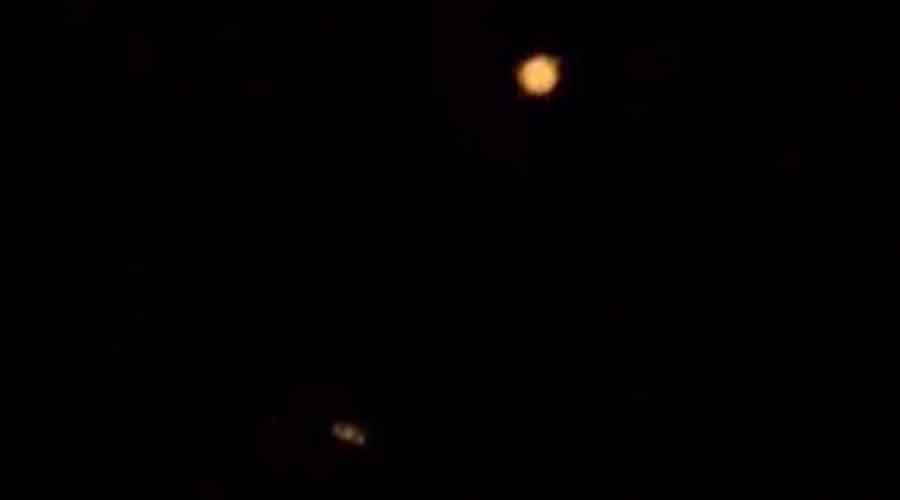The year 2020 is full of surprises. Because of the Covid-19 pandemic, almost everybody on Earth is affected. But the objects in the sky move on in a regular manner, without any change in their pattern. Often you come across celestial events which are rare and spectacular.
On the night of December 21, there was a rare event of the conjunction of Jupiter and Saturn. Jupiter and Saturn appeared extremely close to each other, and to the naked eye, for those who could see them through the evening haze, it was quite an effort to separately identify them.
The angular difference between the two was about 0.1 degree. In comparison, the full moon subtends an angle of about 0.5 degrees. Jupiter takes 11.86 years to go round the Sun once, whereas the orbital period of Saturn is around 29.5 years. That is the reason why every 19 years and seven month apart, Jupiter makes an extra turn around the Sun, and comes in conjunction with Saturn.
So, the Great Conjunction occurs periodically after every 20 years on average. But their apparent separation varies at every conjunction, depending on their position compared to Earth. A conjunction is an apparent phenomenon caused by the observer’s perspective: the two objects involved are not actually close to one another in space.
Two celestial bodies visually appearing close to each other, as seen from Earth, is called a conjunction. These two giant planets have not appeared so close since July 16, 1623, and that is the reason sky lovers and enthusiasts were getting excited about this celestial treat.
Before that, the closest observable Jupiter-Saturn conjunction was in the medieval times, in 1226. The next occasion when these two gas giant planets will come comparably close will be March 15, 2080. But seeing is not always believing. Though the two planets will be almost on top of one another, on the December 21 night their actual distance from each other was around 735 million km.
For the city of Calcutta and its neighbourhood, the sunset was around 4.57pm, whereas the Saturn-Jupiter duo went below the horizon around 7.10pm. So, starting from some time after the sunset, with the brightness of the sky going down, enthusiasts in large numbers were ready to observe this rare celestial treat for just over an hour.
The response was mixed. Some people could see the event nicely and a number of them enthusiastically arranged for live streaming over social media using small telescopes, but for some, mostly within the city limits, dust and light pollution in addition to low-lying fog disrupted proper viewing.
The enthusiasm and interest generated by the people from all sections of society and among all age groups was very encouraging from the point of view of public interest about celestial events and the awareness of our cosmic environment.
December 21, 2020, was special. In addition to the second closest conjunction of Jupiter and Saturn since the invention of the telescope in 1609, it was the longest night of the year as well! December 21 was the winter solstice day in the northern hemisphere, when the earth’s north pole is tilted at its maximum away from the Sun. This causes the longest night time of the year. The night time duration in Calcutta was about 13 hours and 15 minutes.
Debiprosad Duari is the director, research and academic, MP Birla Institute of Fundamental Research, MP Birla Planetarium











